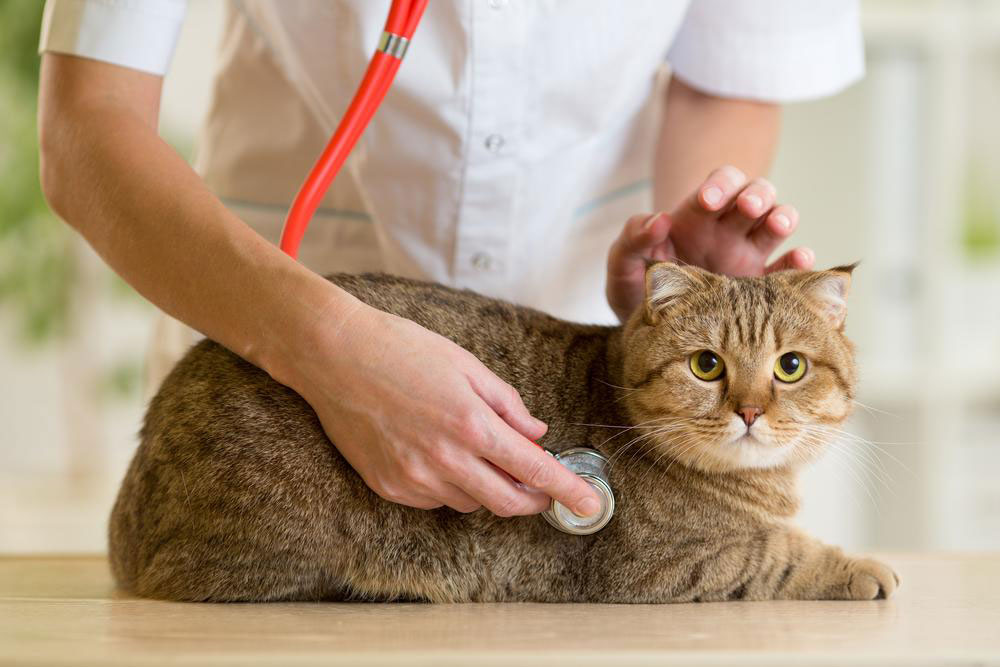Comprehensive Pet Insurance Insights for Spaying and Neutering Procedures
This article explores pet insurance options for spaying and neutering, highlighting coverage details, benefits, and costs. It emphasizes the importance of timely sterilization to prevent health issues and reduce long-term expenses. The piece provides insights into how insurance plans can support pet owners financially, with specific company examples. Understanding these features helps owners make informed decisions about pet care, ensuring their furry friends are healthy and protected while managing costs effectively.

Understanding Pet Insurance Coverage for Spaying and Neutering
Owning a pet comes with responsibility, including getting them sterilized. This procedure helps prevent unwanted litters, reducing the number of stray animals. Strays face dangers like traffic accidents, exposure, and hunger, often leading to euthanasia by animal services. Spaying or neutering is a permanent process: females undergo ovariohysterectomy, removing ovaries, uterus, and fallopian tubes, while males have orchiectomy, removing testes. Exploring pet insurance that covers sterilization costs can make this essential care more affordable.
Does Pet Insurance Cover Sterilization Procedures?
Many pet insurance plans assist with various veterinary costs, though coverage for spaying and neutering depends on the plan type. Major medical or accident-only policies typically exclude routine procedures, but wellness plans offered by several top providers often include coverage for sterilization. These plans may also cover illnesses and injuries, with specific benefits varying by insurer. Some companies, like Figo Pet Insurance and Trupanion, specifically incorporate spay/neuter coverage into their wellness offerings.
Implications of Not Sterilizing Your Pet on Insurance Benefits
Timely spaying or neutering is generally advised, as delaying might lead to additional restrictions from insurers. Failure to sterilize pets can result in coverage exclusions for conditions such as prostate issues, tumors, reproductive diseases, and behavioral problems caused by hormones. Breeding may be permitted within strict timeframes, but avoiding sterilization could lead to higher expenses due to uncovered conditions. Average costs for related treatments, like trauma or tumors, can reach upwards of $750, emphasizing the importance of proactive care.
Note:
Our blog provides valuable insights across various topics, using research and data for informational purposes. However, content should not be considered definitive, and differences in data may exist across platforms. We also may not include all available schemes or offers that might benefit readers more than the covered options.










